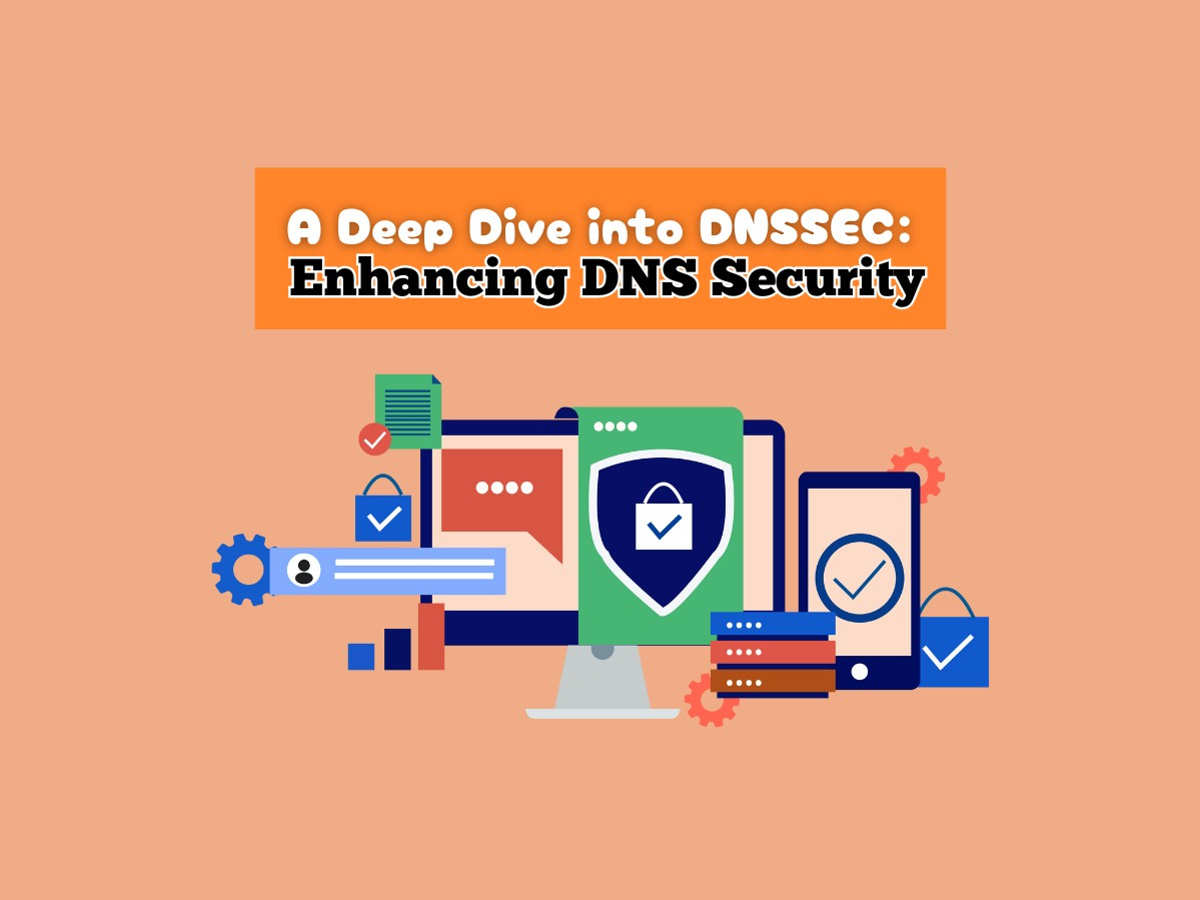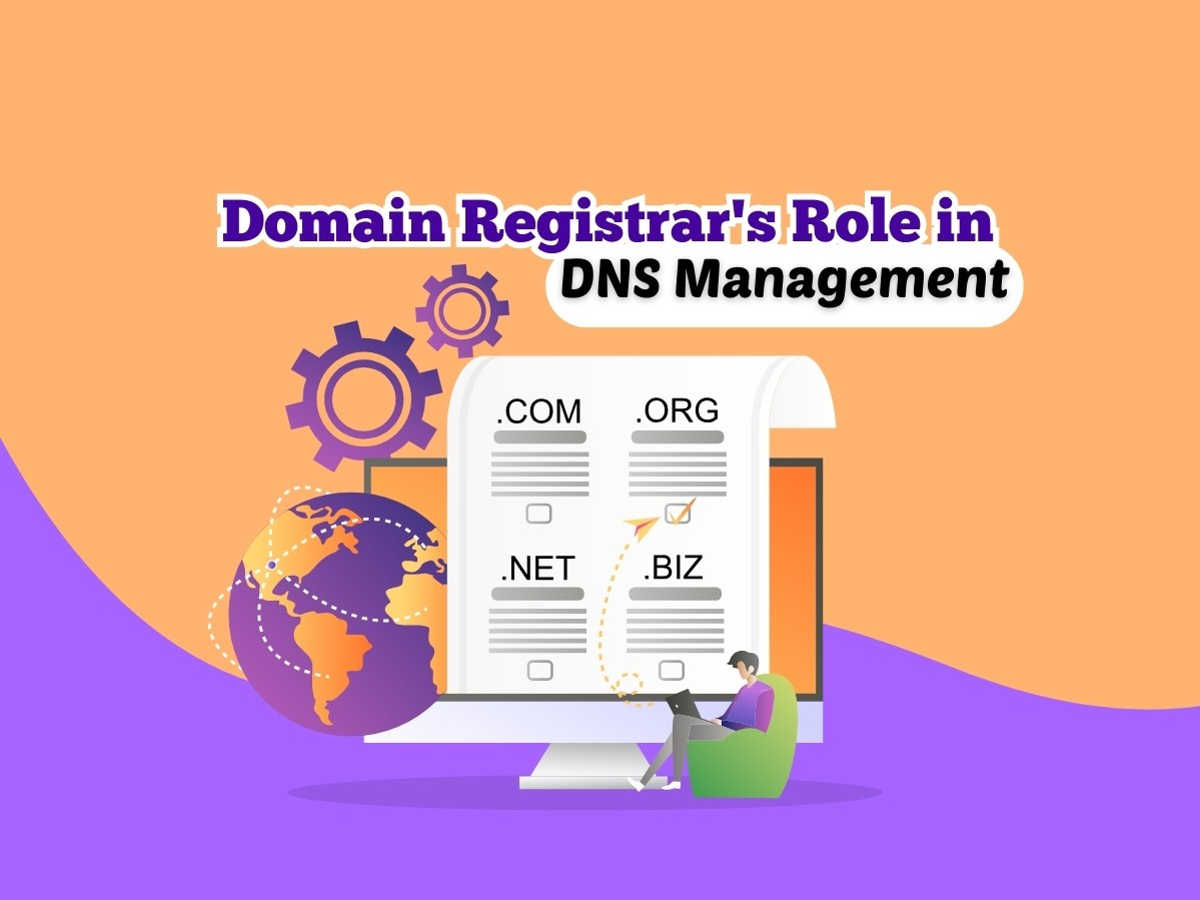
A Deep Dive into DNSSEC: Enhancing DNS Security
In an ever-evolving digital world, our reliance on the Domain Name System (DNS) has only grown. This fundamental internet infrastructure is responsible for translating human-readable domain names (e.g., [www.example.com](http://www.example.com)) into IP addresses. However, the DNS’s original design did not account for increasingly complex security threats. That’s where DNSSEC – DNS Security Extensions – come into play. In this blog post, we’ll delve into DNSSEC, its importance, and how it strengthens overall DNS security.
Understanding the Need for DNSSEC
DNS, akin to most early internet protocols, lacked robust in-built security features in its design. This exposes the DNS to several potential vulnerabilities, such as:
DNS Spoofing (DNS cache poisoning): Attackers manipulate DNS records to redirect users to malicious websites.
Man-in-the-Middle Attacks (MITM): A malicious actor intercepts DNS queries and returns manipulated responses.
DNS Hijacking: Unauthorized changes occur in domain name resolutions within the DNS registry.
DNSSEC was introduced as a solution to enhance DNS security, offering cryptographic protection against such attacks.
How DNSSEC Works
DNSSEC employs a suite of cryptographic algorithms to ensure the authenticity and integrity of DNS data. It uses a system of public key cryptography (asymmetric encryption) to verify the responses from DNS servers.
The following elements make up the core of DNSSEC security:
1. Digital Signatures
DNS Security Extensions uses digital signatures to verify the authenticity of DNS data. Signing a DNS zone with DNSSEC involves digitally signing Resource Records (RRs) and Resource Record Sets (RRSets) using public key cryptography.
2. Public and Private Key Pairs
In DNSSEC, both the DNS server (the zone) and the resolver use public and private keys. The private keys are kept secure with the server, while public keys are used by the resolver to decrypt and verify the digital signatures.
3. Chain of Trust
A chain of trust is established between the DNS resolver and the authoritative name server using a series of cryptographic keys spanning from the DNS root zone to the requested domain.
Key Signing Key (KSK): A KSK, which is the topmost key in the chain, is used to sign the zone signing keys (ZSKs) within the zone.
Zone Signing Key (ZSK): ZSKs are used to sign the actual DNS records. This adds an additional layer of security by decoupling KSKs and record-signing processes.
The DNSSEC Adoption Process
To secure your domain with DNSSEC, you need to follow these steps:
1. Generate the Key Pairs: For both KSK and ZSK, generate a public-private key pair.
2. Sign Your Zones: Use your private keys to sign the original DNS records and create new RRSIG records.
3. Distribute Public Keys: Convert your public keys into DNSKEY records and add them to your DNS zone.
4. Update Parent Zone Delegation Signer (DS): Provide your parent zone with a DS record derived from your KSK public key, generating a chain of trust linking your domain to the DNS root.
Pros and Cons of Adopting DNSSEC
Implementing DNSSEC can protect your domain from DNS-based attacks. However, it’s important to weigh the advantages and challenges before adopting DNSSEC:
Advantages
Validate DNS data’s authenticity and integrity
Protect against spoofing, hijacking, and MITM attacks
Establish a chain of trust throughout the DNS infrastructure
Challenges
Increased complexity and management overhead
Potential performance costs
Does not encrypt DNS data, only ensures data integrity
Conclusion
DNSSEC is crucial to enhance security in the Domain Name System. By signing DNS zones and creating a chain of trust in the DNS hierarchy, DNSSEC ensures that domain name resolutions are reliable and resistant to common DNS attacks. As cyber threats and techniques evolve, implementing DNSSEC has become increasingly relevant for maintaining a trustworthy and secure internet ecosystem.







